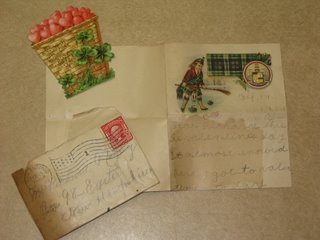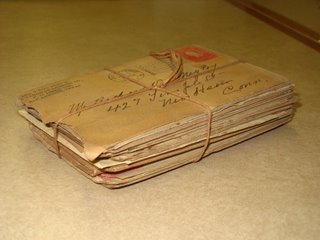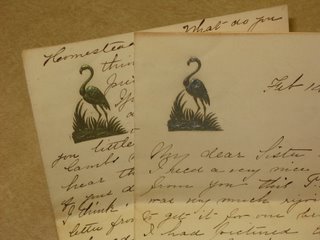Genealogical background
In order to get a better idea of which person is writing to whom and the relationships between individuals in the Gresham correspondence, I did some genealogical research on the Negley/Gresham family.
Using a small family tree we had on hand from the Laura Burleson Negley Papers, I then looked up census records through http://www.heritagequest.com/. This helped me to work out the various children born to Susan and William Negley, these children being the authors of the majority of the letters I have processed.
We are now using the tree that I created from this research as a framework for relating individuals writing, receiving, or being mentioned in the letters to the rest of the family. While scanning the content of letters as we clean them, additional individuals and information is added to the tree.

-MCM





